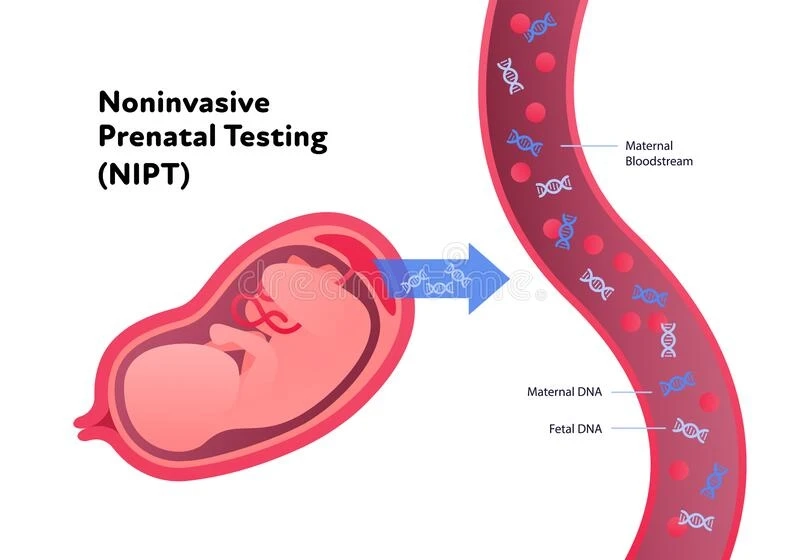When it comes to prenatal testing, the NIPT tests is a safe and accurate tool to detect any potential chromosomal abnormalities in the fetus. But how does it work? And who should consider using it? In this article, we’ll explore the ins and outs of NIPT, including its accuracy rate and when a pregnant woman should consider using it.
Introduction to NIPT
NIPT is a non-invasive prenatal test that can be used to screen for certain genetic conditions. It is a simple blood test that can be done as early as 10 weeks into pregnancy.
NIPT is over 99% accurate for detecting Down syndrome, and can also screen for other conditions such as Edwards syndrome and Patau syndrome. The test is not perfect, however, and there is a small chance of false positive or false negative results.
If you are considering NIPT, it is important to speak with Florida DNA Testing about the risks and benefits of the test. NIPT is not right for everyone, but it can be a useful tool for some families.
When Can You Use NIPT?
NIPT is a prenatal screening test that can be used to determine the risk of certain birth defects, including Down syndrome, trisomy 18, and trisomy 13. It is typically offered to women who are considered high risk for these conditions, based on their age or other factors. NIPT is usually done between 10 and 13 weeks of pregnancy.
The test involves taking a sample of the placenta, which contains the baby’s DNA. This DNA is then analyzed for certain changes that are associated with the birth defects listed above. NIPT is about 99% accurate for determining whether or not a baby has one of these conditions.
If you are considering NIPT, talk to Florida DNA Testing about whether or not it is right for you.
How Accurate Is NIPT?
NIPT is a non-invasive prenatal test that can be used to screen for certain chromosomal conditions, such as Down syndrome, in a fetus. It is typically done when a woman is 10 weeks pregnant or later.
NIPT is over 99% accurate in detecting Down syndrome and other chromosomal conditions when it is used as a screening test in low-risk pregnancies. However, NIPT is not diagnostic, which means that it cannot definitively say whether or not a fetus has a specific condition. If NIPT results come back positive for a certain condition, further testing (such as amniocentesis) will be needed to confirm the diagnosis.
What to Do After Getting the Results from an NIPT Test
If you receive a positive result from an NIPT test, it means that your baby is likely to have the condition that was tested for. You should talk to your doctor about what this means for you and your pregnancy. If you receive a negative result, it means that your baby is unlikely to have the condition that was tested for.
Conclusion
NIPT is an incredibly useful screening tool for expectant parents. It can provide them with accurate information about the health of their unborn baby, allowing them to make informed decisions throughout their pregnancy. While it is not 100% accurate, its accuracy rate is increasing as technology advances, and more parents are opting to use nipt test for paternity during their pregnancies in order to gain more knowledge about the health of their unborn child. If you have further questions or need help deciding whether NIPT is right for you, please consult your healthcare provider for additional guidance and support.
0


